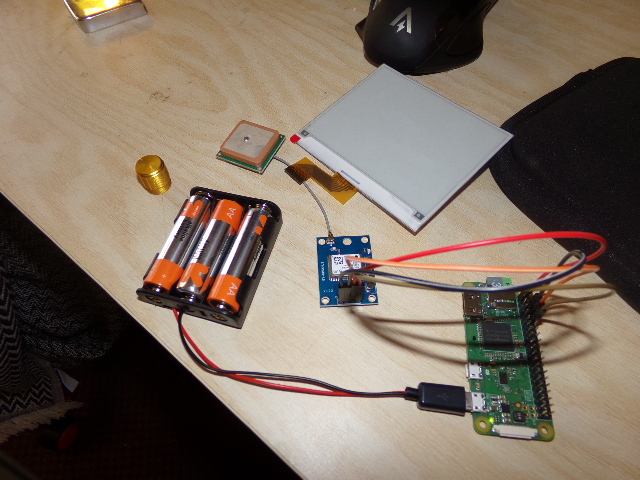i began this project by reflecting on how digital devices have changed our relationship with the things they replaced; i started with broad research on the adverse health effects of smartphones.
WHAT HAVE WE LOST?
i set out to break the smartphone down into its main utilities and redesign each object to reflect how phones have changed our relationships with them; after receiving peer feedback, i identified navigation as the most compelling action to explore.

i came back to my original question - what have we lost - and in terms of navigating, i identified two main things.
WHAT HAVE WE LOST?
we’ve lost the joy of exploration - ending up in unexpected places - and the skill of navigation, as most people now rely on cell service to find their way.

i started with a simple interface focused on exploration: you see your location, can zoom, and only areas you’ve visited are visible. blacked out zones encourage curiosity, and limited information sharpens navigation by requiring you to choose your own route.

i built on this with the hardware, using an e ink screen - an underutilized, non-emissive technology that avoids many problems caused by typical screens.

the device was built on a raspberry pi zero and coded in python. a full technical description of the project can be downloaded below.
the final and hardest part was designing the actual object; i returned again to my original question.
WHAT HAVE WE LOST?
i realized devices now are just screens; we've lost the fun styling and personality of analog objects.

i saw the need for personality and analog elements, and knew i had a square (the e ink screen) and a circle (a knob for zooming) to work with.

i eventually made the connection that a map and compass - the main tools of navigation - fulfill these requirements.
.jpeg)
i took these elements, placed them side by side, and built the form around them.
.jpeg)
the final device combines software, hardware, and over five fabrication techniques into a working product that prompts new experiences and reflection.








.jpeg)
.jpeg)


